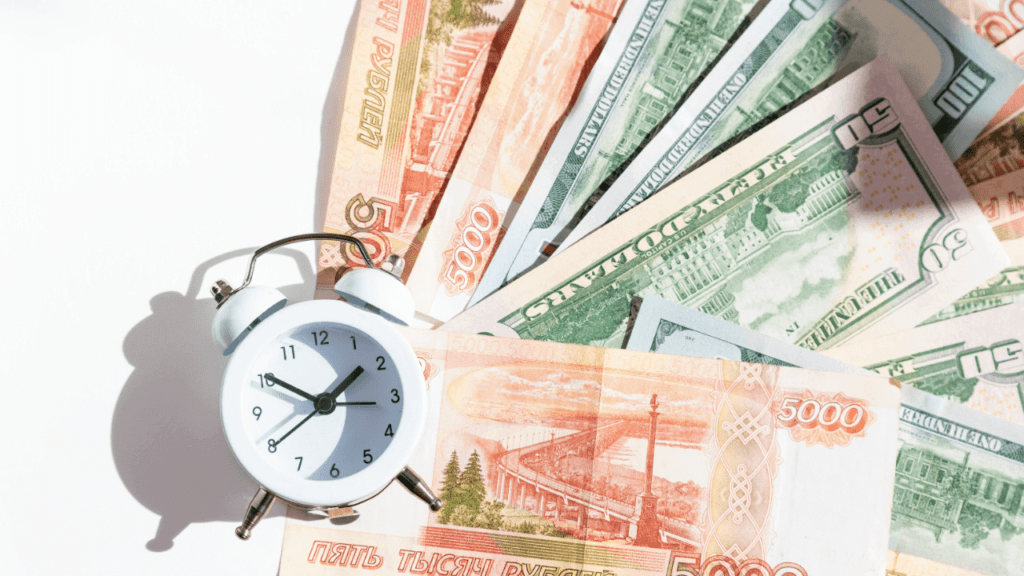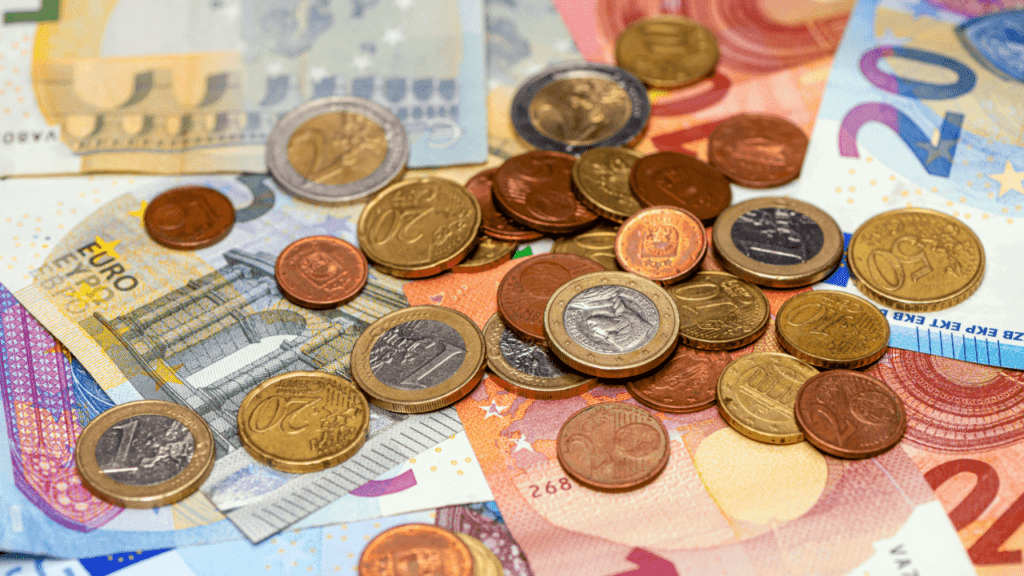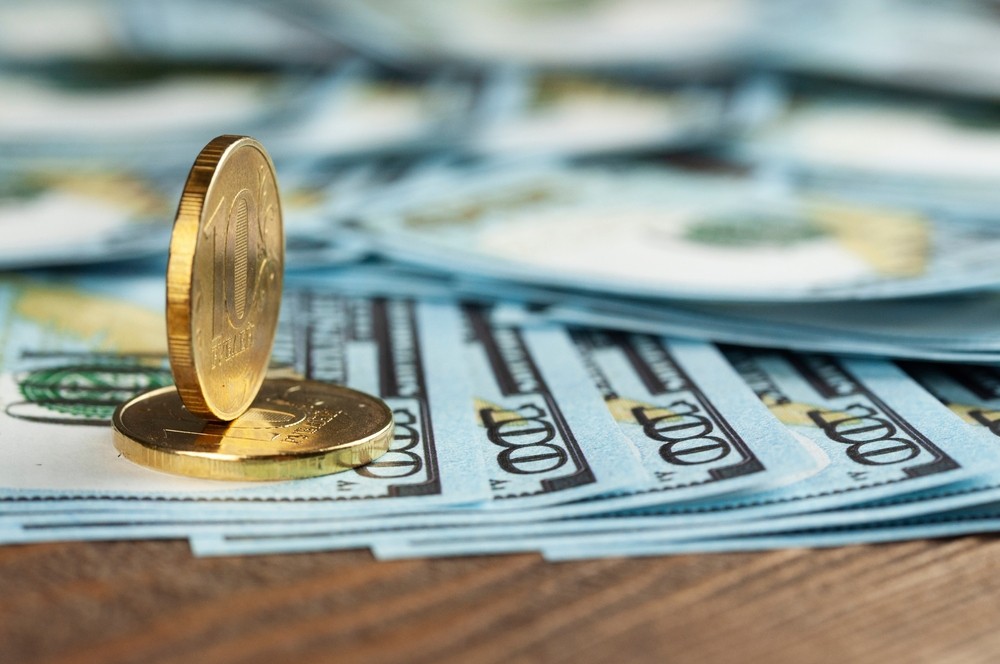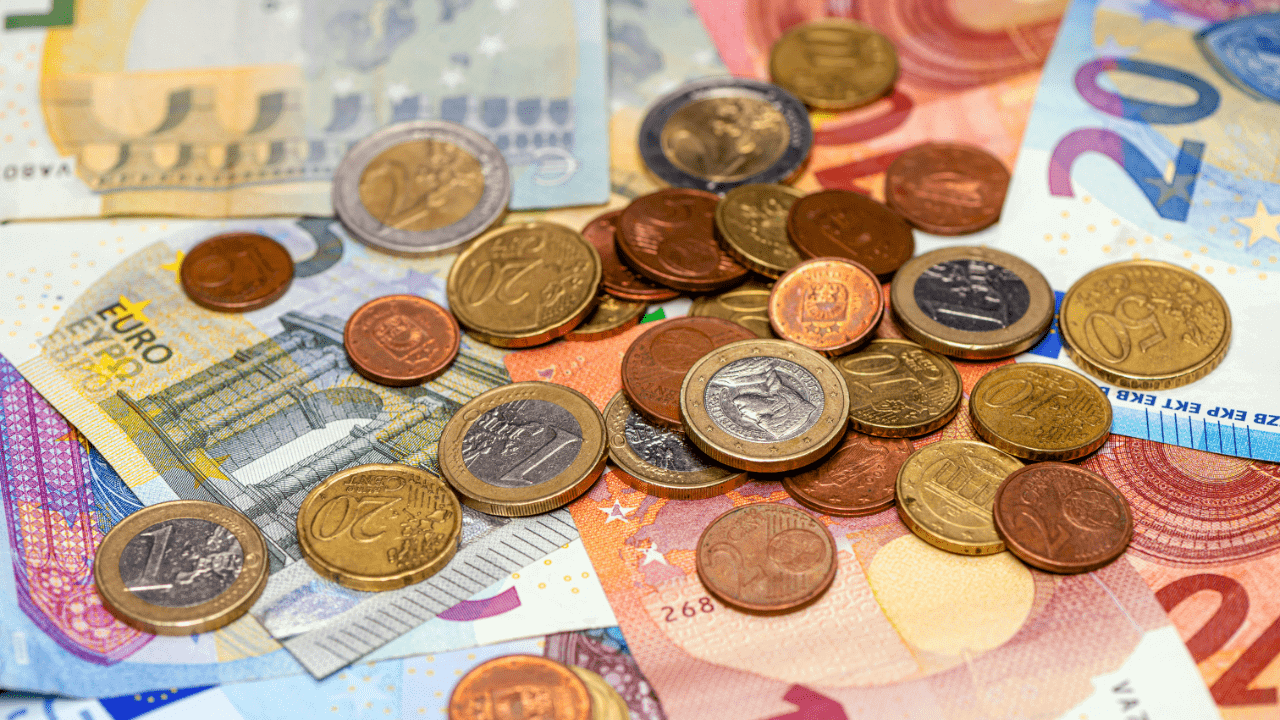Mastering Currency Exchange Rates: Understanding The Basics
One of the most important financial areas today is currency exchange rates and related markets. Different countries have different values of local currencies due to different economic relations and political stability. International trade history, investment projects, and business activity are directly related to currency exchange rates. Therefore, the basic operation of exchange rates should be well understood by participants or investors from every sector.
There are many factors in determining the value of a country’s local currency in terms of another country’s currency. These factors directly affect exchange rates in the medium and long term. Therefore, it is recommended that investors who allocate a share to markets such as forex, where currency exchange rates should be followed in their investment portfolios, should also follow and know these factors.
Why is the US Dollar the safest port in terms of liquidity and volatility, while other currency exchange rate examples show a higher risk of volatility? These fluctuations are directly affected by many factors, both financial and social. Central bank decisions and policies, political stability, and economic activity have a great impact on exchange rates. If an investor’s portfolio is affected by currency exchange rate fluctuations, he or she should also be aware of these local and global developments.
What Are Currency Exchange Rates And How Do They Work?

We can officially define it as a country that uses a currency for all financial operations. Although the US Dollar is the most widely used currency today, there are dozens of countries that use their currency on almost every continent. Different countries have currencies with different values.
Currency exchange rates can be defined as the comparison of the value of the local currency used by a country with the valid currency of another country. I can explain this with a simple example. 1 Euro is equal to 1.5 Canadian Dollars. This value is a type of currency exchange rate example. The commercial relations between European countries and the Canadian government continue on this value.
Currency exchange rates are of great importance in global trade and political relations. The formation of a value difference between different exchange rates develops mainly depending on the supply-demand balance. To explain it simply, an increase in demand for a currency will increase its value, while a decrease in demand will make it less valuable than other currencies. In this way, it can be understood that the Euro is more valuable than the Canadian Dollar.
How Are Currency Exchange Rates Determined?
Although many different factors are effective in determining the value difference between different currencies, or simply currency exchange rates, its basic operation depends on the supply and demand dynamics. This supply and demand balance, which affects all financial markets, depends on the political stability of the countries, the determined local interest rates, and even the sense of trust that investors have for different countries for their future projects.
In 2024, some countries are fixing currency exchange rates. As a result of a common financial understanding, the government or the central bank prefers to fix the exchange rate to keep the local currency at a certain level. In this way, they try to protect the value of local currencies. It is a special financial policy called the fixed exchange rate system. In the other strategy called the flexible exchange rate system, the government allows the natural fluctuations of the market. In countries governed by this type of financial understanding, different policies, and different interest rates are applied in different market conditions.
However, if I have to answer this question simply, the determination of currency exchange rates is determined by the supply-demand balance, as in every value determination in the field of finance. Governments and central banks also aim to implement policies that will protect the value of local currencies while minimizing inflation and unemployment rates.
What Factors Influence Currency Exchange Rates?
While exchange rates can be determined as a result of two basic policies, namely fixed exchange rate system or flexible exchange rate system, some basic factors can also be listed in addition to these. The factors that create the supply-demand balance and affect currency exchange rates can be listed as follows:
- Interest rates: Central banks or governments, which are the financial authorities in countries, determine interest rates according to the local financial rates in the country. These interest rates should be ideal for reducing inflation rates in that country, reducing the unemployment rate, increasing gross national product, and keeping currency exchange rates at the desired value. In this way, the interest rate determined in a country directly affects exchange rates.
- Inflation rates: Each country usually plans to reduce inflation rates by determining it periodically. In order to reduce this, different strategies are applied, especially in high inflation periods, since the value of the country’s currency will decrease. Therefore, we know that inflation rates directly affect currency exchange rates.
- Political conditions: Different countries experience different political understandings and stability. If a country is politically uncertain, exchange rates will be negatively affected. However, if there is a scientific management approach based on politics and financial stability, currency exchange rates will be directly positively affected. There is also an increase in the value of the currencies of countries with a strong economy. I would not be wrong if I said that political understanding has the biggest share and responsibility in ensuring a strong economy.
How To Calculate Currency Exchange Rates?
To calculate exchange rates correctly, instant exchange rate values must be used. I can explain the calculation of exchange rates with an example. In October 2024, 1 Dollar is equal to 0.93 Euros. Therefore, it can be said that 100 dollars is the same value as 93 Euros. The same calculation will be valid for the opposite situations. In other words, to calculate how many dollars 100 Euros are worth, it will be concluded that 10 Euros is 108 Dollars by using the same ratio.
Today, to compare the currencies of different countries with each other currencies, these rates must be checked within instant market conditions and calculated based on this ratio. In countries where political and financial uncertainty is high, investors do not find it safe, and volatility and liquidity are not safe, currency exchange rates can change frequently. For this reason, they should be checked instantly through official digital channels and calculated accordingly.
However, for the calculation of exchange rates, the Dollar and the Euro have generally had the same rate for many years, except for possible crises or extraordinary situations. Because of the strong and stable financial and political power of the United States and European countries, the rates, although changing at small rates, maintain the same balance steadily. This shapes the supply-demand balance for these two currencies for investors.
What Are The Different Types Of Currency Exchange Rates?

There are two main currency exchange rate systems in today’s world. The first of these is the fixed exchange rate system, while the other is the flexible exchange rate system. These two systems are widely preferred by different countries. They also have different advantages and disadvantages compared to each other.
In the fixed exchange rate system, a country’s currency is kept at a fixed value relative to the currency of a reference country. Some countries today manage a more stable financial process by fixing the currency exchange rates to the US Dollar. Central banks and governments use their policies and strategies to keep their currencies at the determined value according to local conditions.
In flexible exchange rates, exchange rates are open to fluctuations within the organic and volatile conditions of the market. The value of the currencies of countries using this type of system is determined according to the principles of supply-demand balance. Many financially strong countries today use the flexible exchange rate system. The main reason for this is that they have more positive statistics on the political and financial factors that determine exchange rates. There are hybrid systems in some countries. While the fixed exchange rate system is mostly used in these types of countries, the central bank can step in in some special cases or crises.
How Do Currency Exchange Rates Affect Global Trade?
The fact that trade is largely digitalized and that it is more practical for countries to interact with each other increases trade efficiency. One of the factors that most affect international trade dynamics is currency exchange rates. The value of a country’s currency directly affects the supply-demand balance in international trade processes.
For example, if a country implements financially and politically successful strategies and increases the value of its currency, there will be a decrease in import costs in that country. Foreign products will become cheaper. In such cases, it is also possible to see an increase in export costs. Because as the currency increases, other countries need to allocate more resources.
However, in countries that are financially less successfully managed, imports will be more costly as the currency will depreciate and commercial interaction will be more in the field of exports. This both increases competition and reshapes trade balances. As in these examples, it is seen that exchange rates directly affect trade balances.
How To Use Currency Exchange Rates For International Business?
International businesses that continue their commercial operations not only in their own countries but also in different parts of the world on a global scale need to follow exchange rates closely. The current values of currency exchange rates directly affect both commercial processes and previous investment processes. For this reason, international businesses that manage operations in areas such as import and export should continue to analyze currency exchange rates.
I can explain this process with a simple example. If a British company buys goods from France, an increase in the Euro exchange rate will increase import costs for the UK. However, they usually use strategies called hedging against possible exchange rate increases or fluctuations. In this way, the possible losses of currency risk are minimized.
Many international businesses are also less affected by currency fluctuations thanks to tools such as futures contracts. However, it should not be forgotten by business managers that international businesses operating on a global scale are negatively affected in extraordinary situations such as pandemics and world wars. Currency exchange rate analysis is an important process for both the financial growth of the country and the increase in the company’s profitability.
What Are The Best Strategies For Currency Exchange Rate Predictions?
Today, many financial institutions or individuals provide professional services on currency exchange rate analysis and predictions. However, institutions or individuals who cannot receive such a service can minimize their losses in possible exchange rate fluctuations by making predictions about the direction of exchange rates with the help of some strategies and tools.
The most commonly used tools are generally technical analysis tools. Using both graphs and price history, currency exchange rate future trends are predicted. Commercial operations are shaped in the light of these predictions.
Fundamental analysis methods can be mentioned as another currency exchange rate prediction method. As used in almost every investment model, fundamental analysis tools are used for currency exchange rates. The fundamental analysis method, as a process, allows currency exchange rate changes to be predicted in the light of economic data. It recommends shaping commercial operations in the light of statistics such as interest rates, growth rates, and inflation.
In addition to these professional analysis methods, geopolitical factors are also of critical importance. Political developments, possible changes, and global events also have a critical share in currency exchange rate predictions. We all remember the decline in the value of the Dollar during and after the pandemic.
How Do Central Banks Influence Currency Exchange Rates?

Today, almost every official country has a critical share of responsibility regarding currency exchange rates. Central banks are generally the most important institutions for determining exchange rates. They usually use this authority through interest rates.
If the central bank in a country increases the interest rate, the amount of capital that will enter this country from outside will increase for investors and thus the local currency will become a more valuable currency. However, in the opposite case, the supply-demand balance will be in the opposite direction. In addition to interest rates, central banks can sometimes directly intervene in currency exchange rate markets. They usually use foreign exchange reserves while doing this.
In countries that are not economically stable enough, central banks may have manipulative interventions. In such cases, political understanding and the strategy types of capital owners are also very important.
How To Manage Risks Associated With Currency Exchange Rates?
Currency exchange rates, which directly affect every area in the financial ecosystem, may experience some fluctuations from time to time. In such cases, there may be many risks for both investors and businesses. These risks can usually be more distressing for businesses that import and export and directly affect profitability negatively.
Common strategies can be suggested for businesses and investors to manage the risks that may arise from possible currency exchange rate fluctuations:
- Hedging: Thanks to hedging, which is one of the most common strategies, companies are not affected by future sudden exchange rate fluctuations through futures contracts.
- Natural protection strategies: Companies usually minimize possible losses by using the same currency in international trade processes, this strategy is called natural protection.
- Diversification: As in every financial model, diversification is suggested for currency exchange rates. To minimize the risk of currency exchange rate fluctuations, it is suggested by expert financiers to distribute commercial operations to different countries and currencies instead of a single country or currency and thus provide diversification.
See you in the next post,
Anil UZUN
